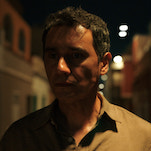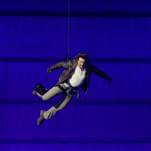Ninja Gaiden: Ragebound, the franchise’s first side-scrolling installment in 34 years, can, thus, be considered a bit of a bullshit-ectomy. Developed by Blasphemous developers The Game Kitchen, the new game deploys absolutely gorgeous pixel art and smooth gameplay to create an experience that feels in line with the original offerings of the classic NES games, while extracting those bits of old-school gaming frustration that we’ve all tacitly agreed we probably don’t need to experience again.
Not that the game is easy: Traveling through its numerous levels of ninja action—set as a side story during the original Ninja Gaiden, and following two rival ninjas who end up having to share custody of one body in order to stop a demonic threat—the game is unafraid to be punishing, most especially in its boss battles. But Ragebound is the fair kind of punishing, with enemies who telegraph their brutal attacks, generous checkpointing, and tons of little grace notes that help sell the illusion that you’re a powerful ninja warrior. It pairs all of these elements with a satisfying, modestly deep combat system that encourages you to switch between melee and ranged attacks to fend off situational threats, and running and jumping that encourages bold risk-taking. (Ninja trainee Kenji has read well from The Gospel Of Mario, and learned that it is, indeed, fun as hell to bounce repeatedly off the bad guys’ heads.)
Interestingly, though—and even as it leaves behind some of the more troubling elements of 1980s game design—Ragebound also rejects a number of conventions that have become industry-standard in the resurgent 2D gaming space, many of which serve to complicate and deepen gameplay that was simple both by design and necessity. Levels are linear, not “Metroidvania” sprawls of exploration. Character customization is minimal, relegated to a few equippable perks and different ranged weapons. There’s no experience system (beyond the experience of grinding some of the bosses’ movesets into your muscle memory). The goal here, clearly, is not to modernize Ninja Gaiden—which is to say, to make it play like a Castlevania game from 30 years ago, as opposed to one from 40 years ago—but to create a game that directly descends from titles like 1991’s The Ancient Ship Of Doom.
There’s been a growing trend of these deliberate throwbacks in recent years—dating all the way back to the Megaman revival games from the late 2000s, and the Bloodstained games that saw Castlevania‘s Koji Igarushi create spiritual follow-ups to classics like Castlevania III—and Ragebound clearly operates in that “Fix, but don’t unnecessarily change, the past” tradition. It rejects the idea that games need to be more complicated to be better, instead presenting a visually stunning run through old-school gaming fun, without most of the old-school gaming bullshit. It’s a snack, not a meal—we got through it in about two nights of dedicated play, and are content leaving the unlocked Hard Mode to the true masochists. But it’s brightly colored, satisfying, and, dare we say it, pretty rad: A quick-moving throwback that doesn’t throw out everything that was good about these original games. (And if you get to its ending and decide you still want more, consider dipping back a couple of years and trying 2018’s The Messenger; it lacks the simplified purity of Ragebound, but it’s a fascinating alternative look at how the genre could have developed.)






![Rob Reiner's son booked for murder amid homicide investigation [Updated]](https://img.pastemagazine.com/wp-content/avuploads/2025/12/15131025/MixCollage-15-Dec-2025-01-10-PM-9121.jpg)





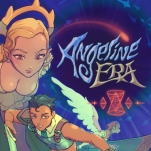
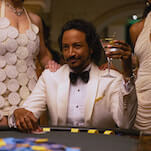


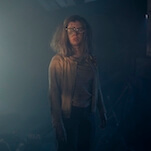


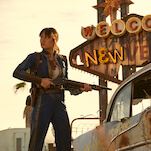


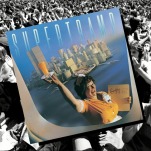



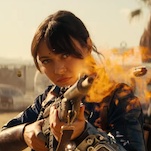
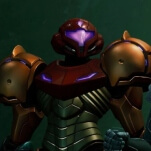
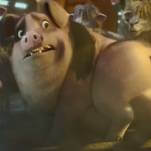

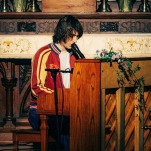

![HBO teases new Euphoria, Larry David, and much more in 2026 sizzle reel [Updated]](https://img.pastemagazine.com/wp-content/avuploads/2025/12/12100344/MixCollage-12-Dec-2025-09-56-AM-9137.jpg)



